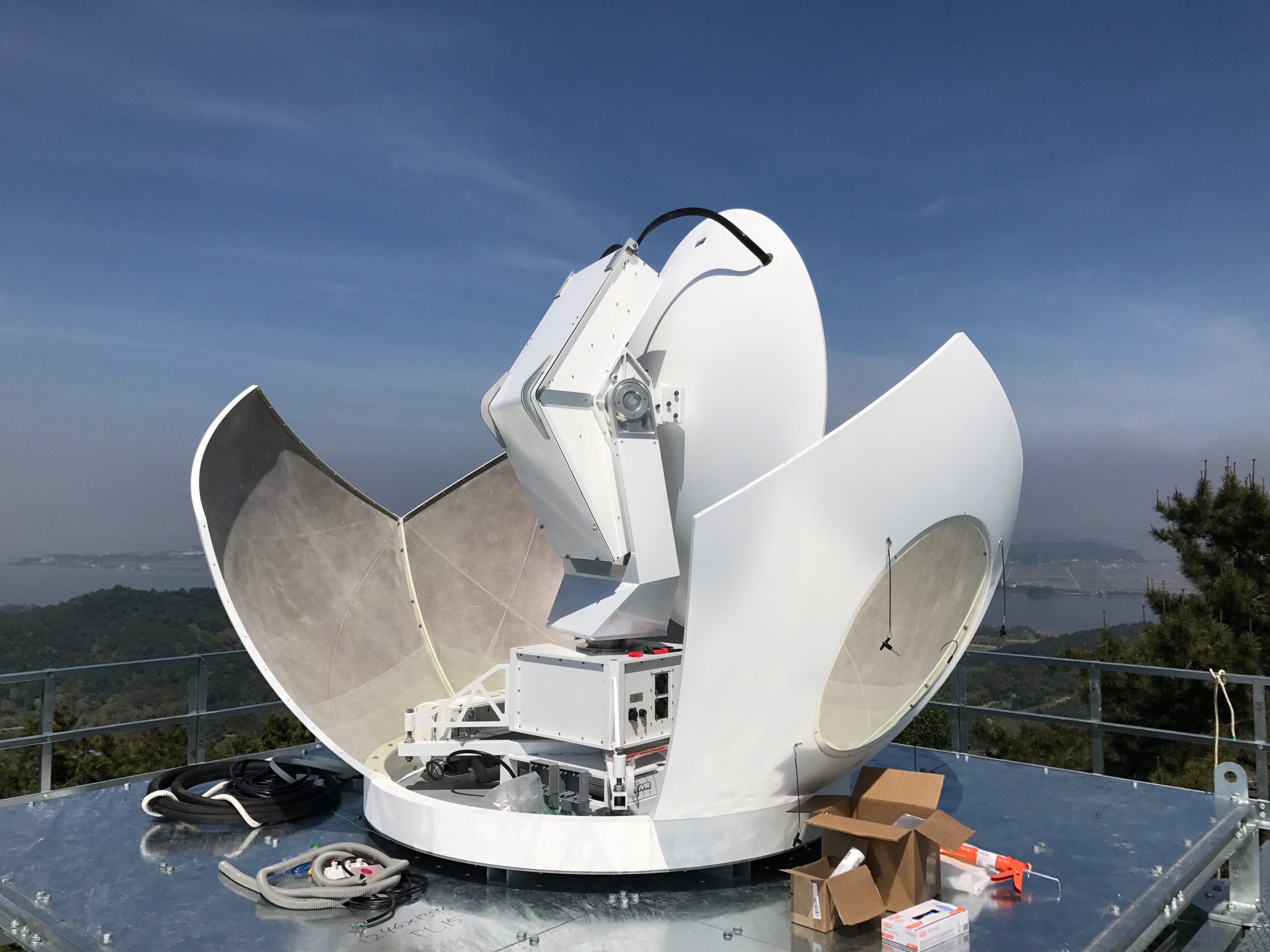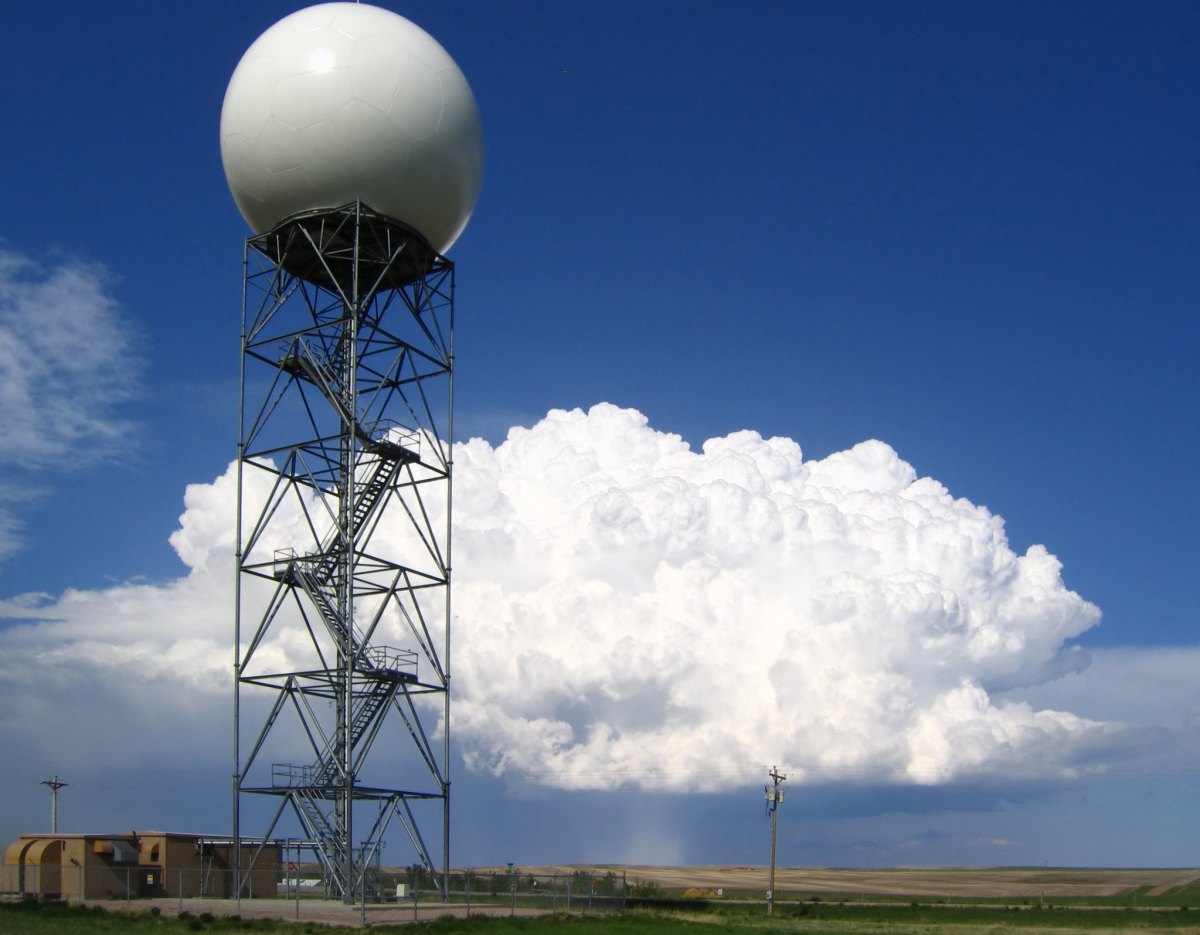Types of Weather Radar

Weather radar, an indispensable tool in meteorology, utilizes radio waves to detect and locate precipitation, measure its intensity, and determine its motion. Over the years, advancements in technology have led to the development of various types of weather radar, each with unique characteristics and applications.
The primary types of weather radar include:
- Doppler weather radar: Measures the velocity of precipitation particles by utilizing the Doppler effect, providing valuable information about wind patterns and storm intensity.
- Polarimetric weather radar: Transmits and receives both horizontal and vertical polarization waves, allowing for the identification of different types of precipitation (e.g., rain, snow, hail) and their shapes.
- Phased-array weather radar: Employs multiple antennas arranged in a phased array, enabling rapid scanning and high-resolution imaging of precipitation patterns.
Each type of weather radar offers distinct advantages and disadvantages. Doppler radar excels in tracking storm movement and intensity, while polarimetric radar provides detailed information on precipitation characteristics. Phased-array radar, with its rapid scanning capabilities, is particularly useful for nowcasting and short-term weather forecasting.
The evolution of weather radar technology has been marked by continuous improvements in accuracy, resolution, and range. From the early days of manual tracking to today’s automated systems, weather radar has become an indispensable tool for weather forecasting, aviation safety, and severe weather warning.
Applications of Weather Radar

Weather radar has revolutionized various fields, from meteorology and aviation to agriculture and disaster management. Its ability to detect, track, and measure precipitation and other atmospheric phenomena has made it an indispensable tool for weather forecasting, severe weather detection, and storm tracking.
Meteorology
Weather radar plays a crucial role in meteorology by providing real-time data on precipitation intensity, type, and movement. This information is essential for weather forecasting, as it allows meteorologists to track and predict the development and movement of weather systems, including storms, hurricanes, and tornadoes.
Aviation, Weather radar
In aviation, weather radar is used to enhance safety and efficiency. It provides pilots with real-time information on weather conditions along their flight path, enabling them to avoid areas of severe weather and turbulence. Weather radar also helps air traffic controllers to manage air traffic more effectively, by providing them with information on the location and movement of weather systems.
Agriculture
Weather radar is also used in agriculture to monitor precipitation and soil moisture levels. This information is essential for farmers to make informed decisions about irrigation, crop planting, and harvesting. Weather radar can also be used to detect and track hailstorms, which can cause significant damage to crops.
Disaster Management
Weather radar is a critical tool for disaster management, as it provides early warning of severe weather events. This information can help emergency responders to prepare for and respond to disasters, such as floods, hurricanes, and tornadoes. Weather radar can also be used to track the movement of debris and hazardous materials in the aftermath of a disaster.
The weather radar’s watchful eye scans the skies, anticipating the capricious dance of clouds and storms. As it peers into the distance, a particular location emerges from the digital tapestry: Mt. Vernon, Indiana. Its serene streets and verdant landscapes contrast with the turbulent skies above, a testament to the ever-changing nature of the weather.
Yet, the radar remains vigilant, its tireless gaze guiding us through the tempestuous journeys of the atmosphere.
Weather radar, with its ability to detect and track precipitation, offers a powerful tool for understanding weather patterns. To stay informed about specific weather events, the beryl live tracker provides real-time updates on tropical storms and hurricanes, allowing individuals to monitor their progress and potential impact.
Weather radar remains an essential resource for meteorologists and emergency responders, providing valuable insights into weather conditions and enabling proactive measures to safeguard communities.